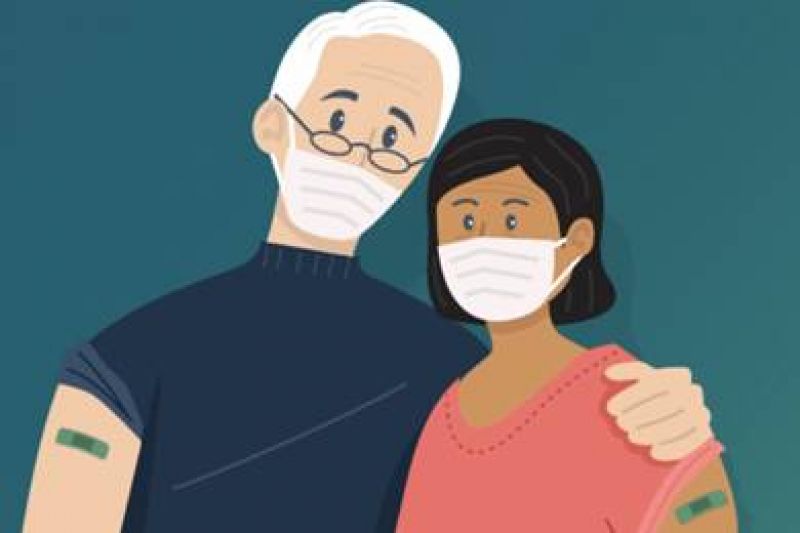Jeff Green | Apr 06, 2022
“We continue to see evidence of COVID-19 activity, in the region, rising. Our percent positivity rate in testing remains high [20% as of April 4] and so does our wastewater concentration.”
Since January the hospitalisation rate in the KFL&A region has been decreasing, although it has been going up over the past two weeks, which is being closely monitored, Dr. Oglaza said.
“What's promising is that our evidence from monitoring those individuals, who do require hospitalisation from COVID, have been recovering more quickly. The average length of stay in hospital is decreasing, it is now 2 or 3 days, which illustrates the lower severity of the Omicron variant. I remain optimistic about the future although I am mindful of all of these facts.”
He said that the best strategy for individuals, moving forward, is to get vaccinated with all the doses that individuals are eligible for, and to stay home when sick.”
“We can also continue to use other measures like we have been using before, such as masking indoors, especially when physical distancing can not be maintained. Although they are no longer mandated, these measures remain a powerful tool that we can use in our communities to protect each other from COVID-19.”
He added, however, that any one individual measure, including masking, cannot be looked at on its own.
“Certainly, if I am meeting with some people in a small space who are immunocompromised, I would wear a mask to protect them from any disease that I may be carrying, but whether all of us at that meeting are vaccinated, whether someone who is sick decided not to attend the meeting, are all factors in no one getting sick from attending that meeting,” he said.
He does not expect to see any significant changes in the provincial rules, in response to the new wave, whether it be expanding eligibility for testing, or bringing back mandatory measures such as capacity limits, or masking.
“I have not heard any indication that the province is considering expanding eligibility for testing,” he said, “but the availability of the rapid tests, even though they have their limitations, is increasing and can certainly be used.”
He also encouraged people who develop more severe symptoms to check Ontario.ca for information about eligibility for antiretrovirals that are now available.
In general, however, his message was that the local and provincial response to COVID has evolved past the point of “emergency response to more of a focus on risk-mitigation, going forward.”
The original Omicron variant remains the dominant variant in the region, but the Omicron B subvariant is on the rise.
Between mid-March and early April, cases of the B variant have risen from 25% to 38% of all local cases.
“The good news is that, based on what we have determined thus far, the B variant is more transmissible than the A variant but does not appear to cause more severe illness, and the vaccine remains effective,” he said.
There were twelve people in hospital with COVID, in the region, as of April 4. Three of those people were in the intensive care unit, two of whom were on ventilators. Thirty eight people have now died of COVID in KFL&A since the start of the pandemic.
More Stories
- The Resurgent Sharbot Lake County Inn and Crossing Pub
- Towards Then End of Trail
- Silver Lake Pow Wow
- Central Frontenac Declares Former Office, Harvey Building, Surplus Properties
- Neighbours Could Lose The War Over Gravel Point - But Still Win The After Battle
- Sydenham Legion Bass Tournament
- From Performing Arts To The Written Word
- Legion Corner
- The Sun Shines On The Parham Fair
- Creating Your Own Weather, Forever and Ever

